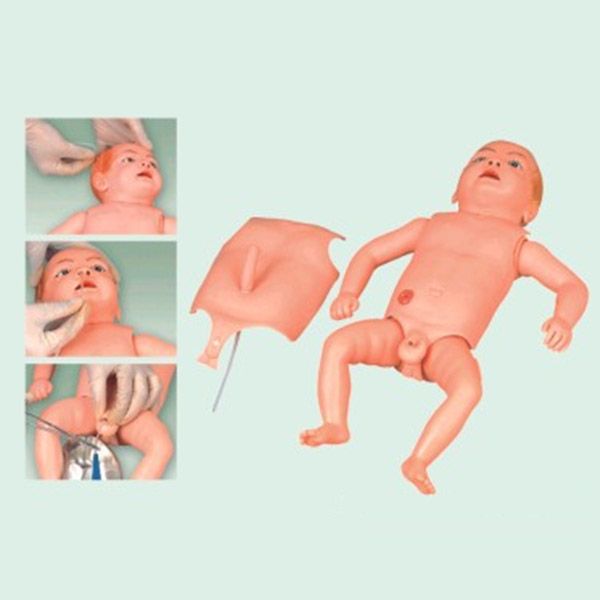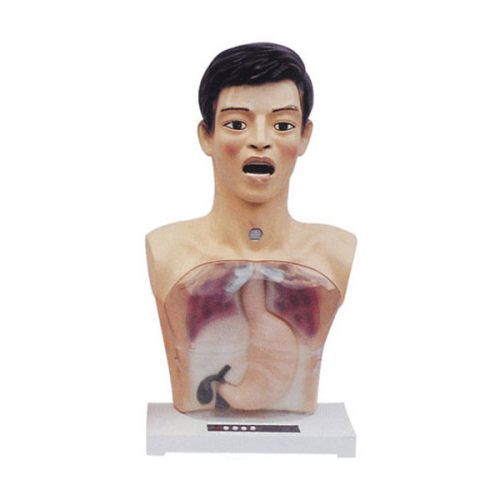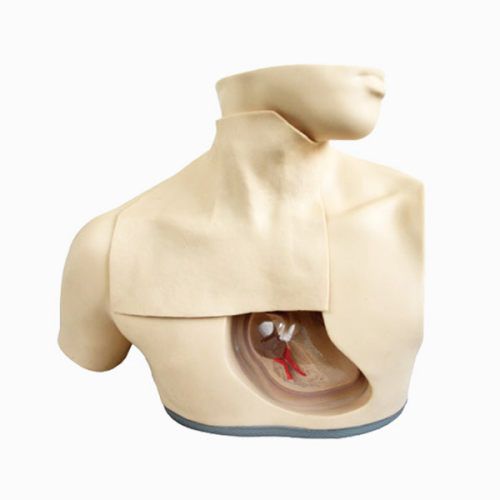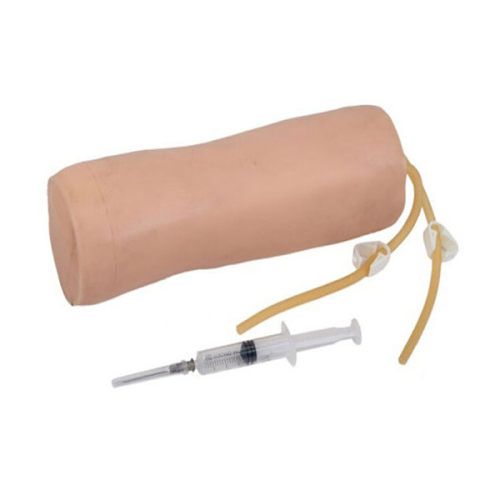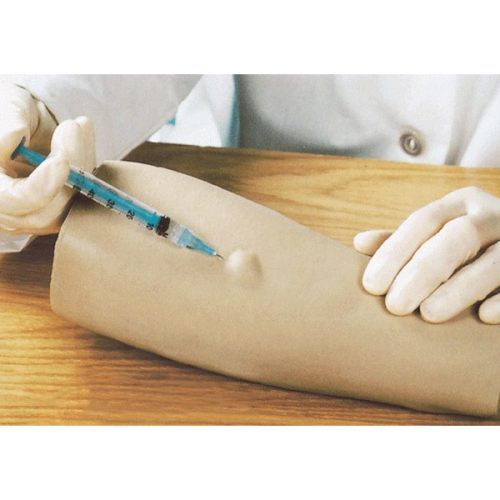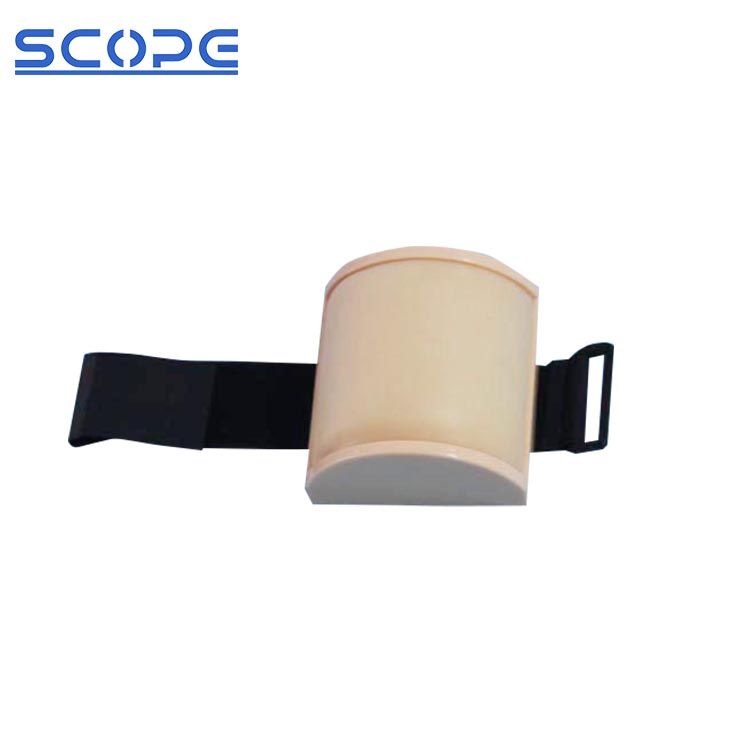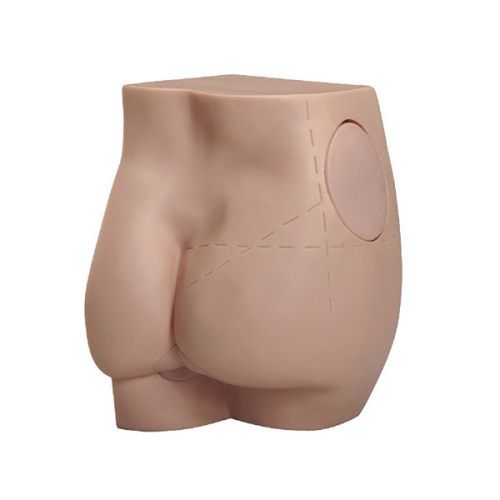A medical manikin is a life-size or smaller model of the human body that mimics anatomical and physiological characteristics. These models are invaluable resources in healthcare education and training, allowing future medical professionals to hone their skills in a safe and controlled setting. This guide delves into the world of manikin maintenance, answering the most important questions: How do you keep them clean and sanitary after messy training sessions? What happens when bodily fluids are involved? And how do you detect telltale signs of wear and tear before they jeopardize an important training session? Whether you’re a seasoned medical professional or a first-aid enthusiast, mastering manikin care ensures not only their longevity but also the safety and effectiveness of your training sessions.
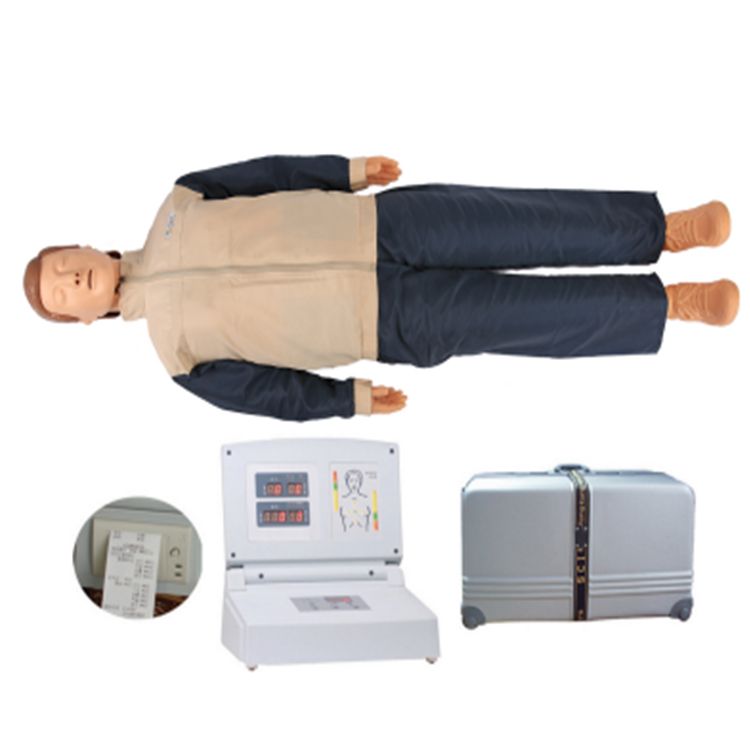
Medical Manikin Cleaning Procedures
General Medical Manikin Cleaning Procedures
- Disassembly
For more specific instructions, refer to your manikin’s manual. Generally, remove any removable parts such as airways, clothing, and accessories.
- Surface Cleaning
- Mild Detergent and Water: For routine cleaning, wipe down the manikin’s exterior with a mild detergent solution and a soft cloth.
- Disinfection: After each use, disinfect the manikin with bleach wipes or 70% isopropyl alcohol, focusing on high-contact areas such as the face and chest.
- Addressing Specific Concerns: To remove makeup stains, use a gentle makeup remover. Follow fluid-specific protocols.
- Internal Cleaning (if applicable)
- Lung Bags and Airways: Some manikins have removable lung bags that can be cleaned with mild detergent and water. Consult the manual to ensure proper drying and reassembly.
- Feedback Systems and Sensors: Avoid immersing electronic components in water. To remove dust and debris, use either a dry cloth or compressed air.
- Lubrication: Consult the manual to find specific lubrication points on joints or moving parts. To prevent damage, use only the recommended lubricants.
- Drying and Reassembly: Allow all parts to fully dry before reassembling the manikin. To ensure functionality, reassemble according to the instructions in the manual.
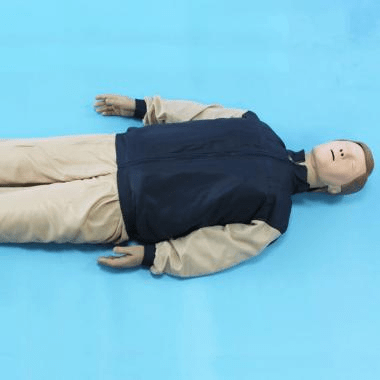
Additional Maintenance Tips
- Storage: Keep the manikin in a cool, dry place out of direct sunlight and extreme temperatures.
- Inspection and Repair: Regularly inspect the manikin for wear and tear, cracks, leaks, and malfunctioning parts. Minor issues should be resolved as soon as possible through replacement parts or repairs.
- Professional Cleaning: Professional cleaning services are recommended for heavily used or complex manikins to ensure proper sanitation and maintenance.
What If the Manikin Comes Into Contact With Bodily Fluids During Training?
Accidents happen, and even the most realistic training scenarios can involve unexpected contact with bodily fluids. With the right cleaning procedures, you can safely and effectively disinfect your manikin and keep it clean. First and foremost, safety is essential. When handling bodily fluids, always wear gloves and protective eyewear, and adhere to your organization’s specific bloodborne pathogen protocol. Now, let’s break down the cleaning process according to the type of fluid:
Tips for Cleaning the Manikin According to Different Fluids
- Blood and Bodily Fluids:
- Immediate Action: To remove any excess fluid, use absorbent towels or wipes. Avoid spreading the contaminant.
- Disinfection: Use a hospital-grade disinfectant solution, such as bleach wipes, or a bleach-based cleaner diluted 1:10 in water. Apply liberally to the affected area and allow for the recommended contact time (usually 10 minutes).
- Rinse and Repeat: Rinse the area thoroughly with clean water, and repeat the disinfection process as needed.
- Disposal: Contaminated towels and wipes should be disposed of as biohazard waste.
- Saliva and Mucus:
- Cleaning: For minor spills, wipe the affected area with a damp cloth and a mild detergent solution.
- Disinfection: To treat heavy contamination, use a 70% isopropyl alcohol solution. Allow it to air dry completely.
- Vomit and Feces:
- Containment: Use absorbent materials, such as towels or pads, to contain the mess and prevent it from spreading.
- Removal: Dispose of solids in a biohazard bag or toilet (based on consistency).
- Cleaning and Disinfection: Use the same steps as for blood and bodily fluids, but with a hospital-grade disinfectant solution.
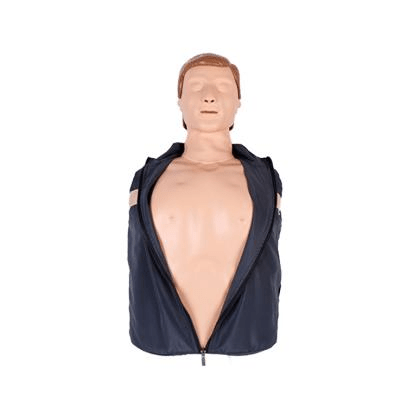
Additional Tips
For specific cleaning recommendations, always refer to your manikin’s manufacturer’s instructions, as some materials or components may necessitate special handling. Consider hiring professional cleaning services for extensive contamination or spills to ensure thorough sanitation and decontamination. Regularly train your employees on proper cleaning and disinfection procedures to ensure they are ready for any situation. By adhering to these guidelines, you can effectively manage bodily fluid contact on your manikins while maintaining a safe and sanitary training environment. Remember, preparation is essential, and proper cleaning ensures that your valuable training tools are always ready to help save lives.
What Are Common Signs of Medical Manikin Damage I Should Look for?
Keeping your Medical manikins in top condition is critical for effective training and realistic scenarios. But wear and tear are unavoidable, so knowing what to look for is crucial. Here’s a breakdown of the common signs of damage to look out for:
Common Signs of Medical Manikin Damage
- Surface Damage
- Tears and Rips: These are usually visible cracks or holes in the manikin’s skin, which appear near joints or areas of frequent movement.
- Fading and Discoloration: The skin of the manikin may fade or become discolored over time as a result of sun exposure, cleaning chemicals, or excessive use.
- Makeup Stains: Stubborn makeup residue can accumulate over time, particularly on the face and neck, reducing realism and possibly harboring bacteria.
- Internal Damage
- Leaks: Be on the lookout for air leaks from the airways, lung bags, or inflatable legs. This can impair the manikin’s realistic chest rise and fall during CPR training.
- Malfunctioning Sensors: Some manikins contain electronic sensors that detect compression depth and hand placement. If these sensors fail, the training results will be incorrect.
- Stiff Joints: Joints that become stiff or difficult to move can impede realistic scenarios and possibly harm the manikin’s internal mechanisms.
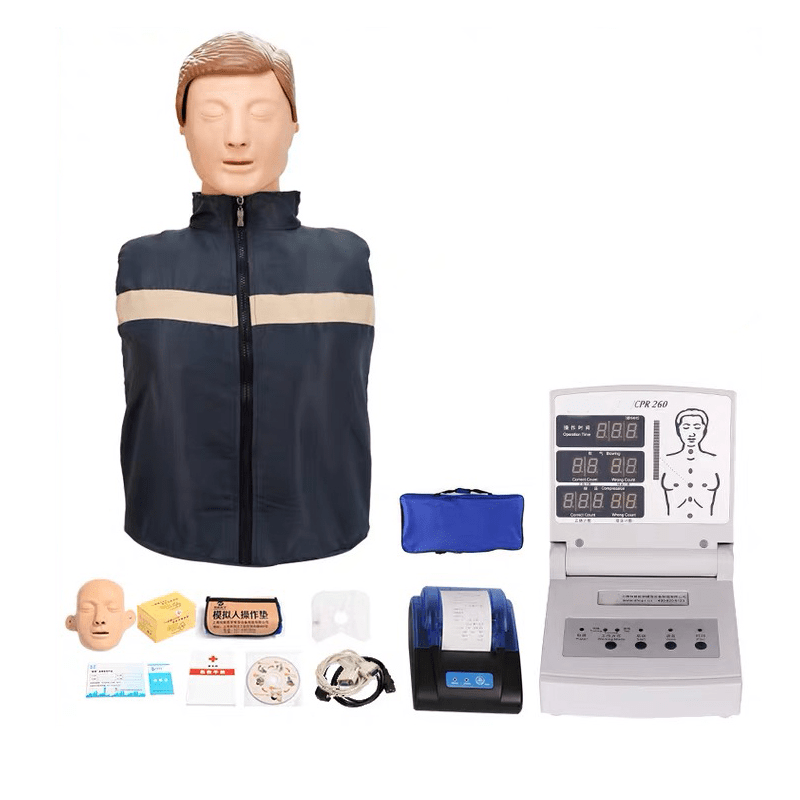
Additional Signs
- Unusual Sounds: Listen for unusual noises such as squeaking, grinding, or hissing, which may indicate internal component wear or malfunction.
- Difficulty Disassembling or Reassembling: If parts become difficult to detach or reattach, this may indicate warping or damage to the connecting mechanisms.
- Unrealistic Feel: The manikin’s skin texture and overall appearance should be realistic. If it feels too stiff, rubbery, or deflated, it may require attention.
Conclusion
Medical manikins are invaluable training tools for both medical professionals and laypeople, simulating real-world emergencies and honing lifesaving skills. However, as with any piece of equipment, proper cleaning and maintenance are critical to its effectiveness and hygiene. Neglecting cleaning and maintenance can cause rapid wear and tear, reducing the lifespan of your manikins and forcing you to replace them more frequently. Investing in proper maintenance, such as using manufacturer-recommended cleaning products and avoiding harsh chemicals, extends their useful life and saves you money in the long run. Medical manikin is a kind of Medical Manikin that Scope could provide. For more information, please contact us.
